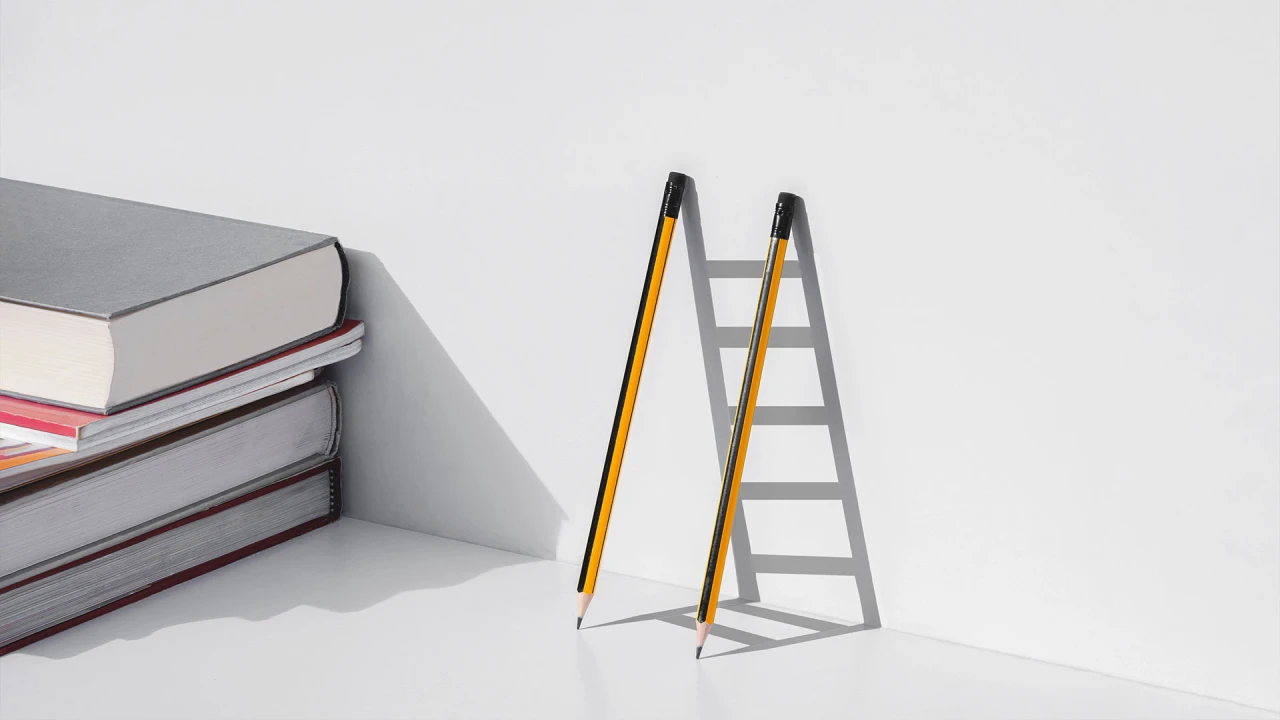How to Plant the Perfect Kitchen Garden in a Small Space
You can fit a surprising number of plants in 32 square feet.

We may earn a commission from links on this page.
The reality of home gardening is that you rarely have as much space as you’d like. For many people, all they have is one raised 4x8 foot bed. While that doesn’t feel like a lot of space, you can fit a whole lot of plants into 32 square feet. With a smaller space, you just have to find new and inventive ways to get more variety in your beds. Around where I live, we call this "cramscaping. "
Take advantage of plant timing and growth patterns
Every vegetable and fruit out there has recommended spacing (for instance, tomatoes should be 18 inches apart), and in an ideal world, you’d accommodate them perfectly. However, you can plant closer if needed, while understanding your plants might not be as productive as they’d be if they had more space to grow to their full potential.

To get the most out of limited space, take advantage of space above and below the soil. For instance, radishes and carrots are mostly below ground, while tomatoes are above ground. Thus, they are great to grow next to one another. Grow beets alongside peas and large squash with climbing beans.
Also consider that plants mature at different rates. Lettuce will grow quickly, and be ready for harvest in mere weeks, while eggplants take all summer. If you plant them at the same time when they’re both small, you’ll harvest your lettuce in time to free up space for your eggplants to spread out.
Trellising is essential

When you don’t have as much horizontal space, you have to take advantage of the vertical space. You’ll need to keep plants from sprawling on the ground, and the primary way to do that is by training them up. Choose indeterminate tomatoes (which are more vine-like) instead of determinate (or "bush" tomatoes) so they continue to grow upwards despite pruning. Then prune everything but a few stems and train them onto a tall trellis. Use an obelisk or netting to provide structure for climbing beans, peas, or cucumbers. IYellow squash and zucchini can also be trained to grow upwards along a trellis, as can pumpkins and melons.
Remember, though, that items on trellises have to be within reach: If you plant a trellis of green beans in the dead center of your bed, you’re not going to be able to reach those beans without stepping on other plants. So trellised plants should be located close enough to the edge of the bed to be accessed. Corners and edges make the most sense. For low trellises such as for squash, you can place them closer to the middle, but test your reach before finalizing planting.
Start with the largest plants

Begin by sketching out a grid for your bed, foot by foot, and a list of everything you’d like to plant. Lay in the largest plants first: in this case, tomatoes. Since they’ll be the tallest, place them in the corners or close to the edge of the bed, so they’re not shading anything. Now consider anything that needs a wide trellis, like peas and cucumbers or beans. Those should live at the edge of the bed, but leave space on either side of the trellis so you can reach what’s on the other side. These trellises are good at the short ends of the bed, so they don’t prevent you from reaching in. Now, start working your way down the list of plants in descending size. I placed eggplants and peppers, which will all need a trellis, on either side. For the center, which is hard to reach, I chose plants that don’t need support and won’t get too tall, but are larger: kale, chard, and onions.
What’s left to plan for are short crops that will grow quickly like lettuce, radishes, beets, and carrots. Lettuce is a great buffer between nightshades like eggplant and cruciferous plants like chard and kale, so you can add heads of various lettuces. I don’t worry about root vegetables yet.
I then add some beneficial flowers like nasturtium, alyssum and marigolds throughout, particularly hanging over the edges of the bed. These flowers will trap aphids, keep pests at bay, and add color. Next, I lay in herbs like basil, dill, parsley, and cilantro. In addition to being great in the kitchen, these all help control pests. These herbs can be sprinkled throughout the bed, but basil and dill do best next to nightshades.
Now, in all the spaces left, I backfill with root vegetables: rows of carrots, circles of radishes, and blocks of beets.
Plant established seedlings first, then seeds

When it comes time to plant, work from the inside out. Start with the plants in the dead center of the bed, and work towards the outside by putting your seedlings into the ground. Once your starts are planted, go back and work sector by sector, seeding things like beets and radishes. Working in this way allows you to see what you’ve already done, so you don’t accidentally overseed an area you’ve already worked on.
Water everything well and then simply pay attention. Prune plants as soon as they need to be pruned. As plants need to be harvested, replace them or allow larger plants to infill the area. Keep your bed moist, but not wet, watering at the root —and use a fish fertilizer every other week, adding it to your water.
Over the season, some plants might do better than others, and you may need to replace them. Because of the tight spacing, eggplants might not get enough sun where they are, or lettuce might get too much. You’ll learn over the season where each plant might succeed, and you should chart it for next year. Each season is another opportunity to learn about your yard, sun profile, and soil, and each season your vegetable garden—no matter how small—will get better.

















































































































![Are AI Chatbots Replacing Search Engines? AI vs Google [New Research]](https://www.orbitmedia.com/wp-content/uploads/2025/05/How-often-are-we-using-AI-chatbots_.webp)


































